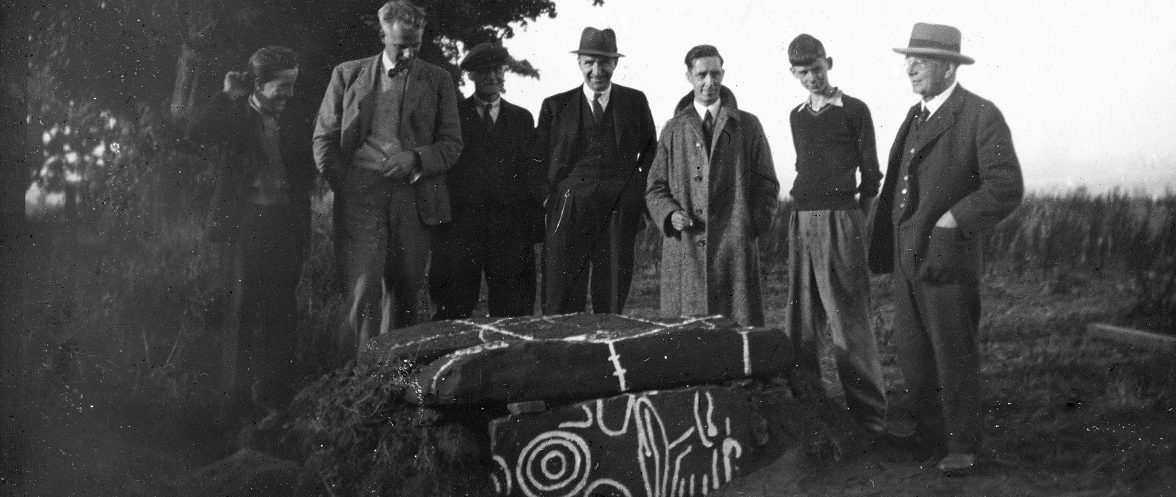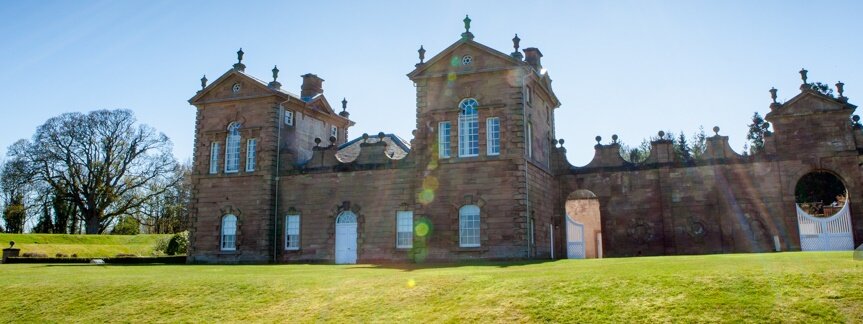Harvested conifers secure future of Chatelherault
Felling complete as forestry harvesters leave park
The future of the nationally important and ancient landscape at Chatelherault Country Park has been saved for future generations by the removal of 18 hectares of commercial plantation conifers. The large forestry harvesters left the park last week with the felling complete and 6,500 tonnes of conifer timber having been removed.

Revenue generated from the felled timber, along with funds from the Heritage Lottery Fund supported Clyde and Avon Valley Landscape Partnership (CAVLP), will be reinvested in vital improvements at the country park over the coming year, through path improvements and the re-establishment of historic views and features.
The removal of commercial plantations is a national conservation priority and is a key objective of South Lanarkshire Council’s long term management plans for Chatelherault Country Park. This is the second phase of work following the clear felling of a similar sized area at Laverock Hill, Barncluith, in 2007, which has regenerated successfully and is now covered by healthy, native woodland.

The woodlands at Chatelherault are one of the most important components of the ancient woodlands of the Clyde Valley National Nature Reserve, and one of the most biologically diverse natural habitats in Scotland. The Hamilton High Parks were covered largely by native, broad-leaved woodland until the late 1930s, when the Hamilton and Kinneil Estates began to clear fell the ancient woodland and replant with commercial plantation conifers – mostly from north America. The conifer planting was detrimental to both native wildlife and landscape.
The conifer trees on the west bank of the Avon had become unstable due to the steep, wet slopes of the Avon Gorge, and were starting to blow down. A management plan was commissioned and the expert advice received was to clear fell the trees as thinning, or group felling would have led to large scale wind blow across the whole plantation, potentially very difficult and prohibitively expensive to clear.

The whole area will now be allowed to regenerate naturally, and the restored native woodland will increase biodiversity which was limited by the rows of non-native conifers. The ancient woodland soils at Chatelherault are very rich in the fungi and other micro-organisms that support healthy tree growth. Experience from test plots and the earlier phase of felling is that tree regeneration is rapid and that young trees will be well established within five years, and well above head height in less than ten years.
“Funds raised through the sale of timber will allow South Lanarkshire Council to undertake an extensive programme of path improvements and re-establishment of some of the historic viewpoints across the gorge, which will be kept clear as the new woodland grows up around them,” says Malcolm Muir, Countryside and Greenspace Manager with South Lanarkshire Council. We really appreciate the patience and understanding that visitors have shown over the summer. The felled areas will look a bit bleak at first but will soon green over and we hope that the fantastic views that have been restored will be some compensation.

He continues: “One of our first priorities will be to restore the paths to the White Bridge on both sides of the Avon and replace the bridge itself, which has been closed for the last seven years.”
A final piece of felling will take place in summer 2017 immediately below Chatelherault lodge, opening up the historic views which were once a major feature of the lodge built by the Hamiltons in the 1740s.
The remaining conifer plantations on the east bank are reasonably stable at present and there are no plans to fell them for at least ten years, by which time the regenerated woodland on the west side will be well established.
A series of historical articles, exploring the development of the landscape at Chatelherault can be found by clicking the 'Related Project' links below. Listen to a discussion about the conifer removal and history of the site on BBC Radio Scotland Out of Doors with Mark Stephen, Malcolm Muir, Countryside and Greenspace Manager for South Lanarkshire Council and Donna Marshall, CAVLP Programme Manager below.



















